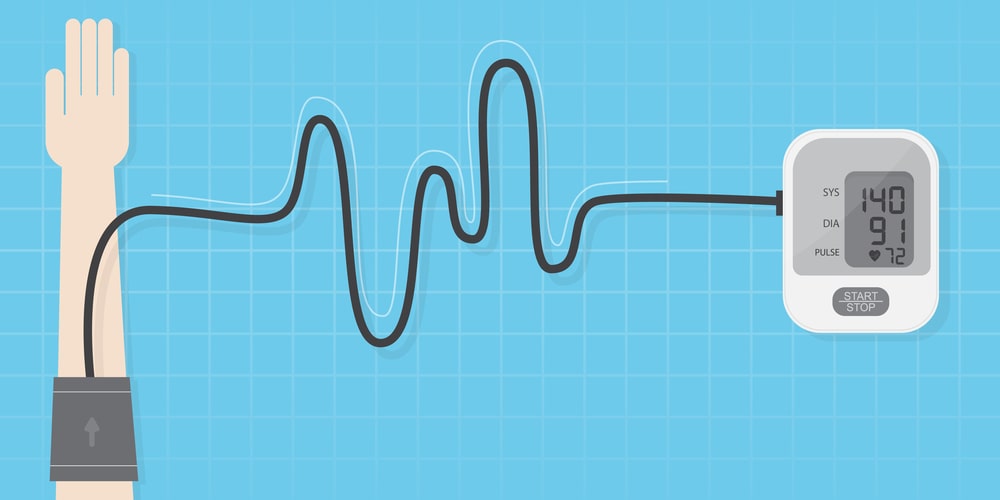Blood pressure is defined as the lateral pressure exerted by the blood on the walls of the blood vessels. The BP is measured in terms of systolic/ diastolic and pulse pressure. The normal blood pressure maintains sufficient pressure to keep the blood flowing from the heart to the periphery and from the periphery to the heart. The BP is measured by a sphygmomanometer.
Normal range of Blood pressure
SP= 110-145 mm/Hg
DP= 70-90mm/Hg
PP = 40-55mm/Hg
Standard Blood pressure
SP= 120 mm/Hg
DP= 80 mm/Hg
PP = 40 mm/Hg
Systolic pressure: it represents the maximum pressure produced by the ventricles during contraction, generally it reflects cardiac output.
Diastolic pressure: It is the pressure during the relaxation of the heart and reflects peripheral resistance.
Pulse pressure: The difference between systolic and diastolic pressure is known as pulse pressure.
Blood pressure is determined by cardiac output and Peripheral resistance
Blood Pressure = Cardiac output × Peripheral resistance
If there is an increase in cardiac output and peripheral resistance then leads to an increase in BP and a condition is known as Hypertension.
Blood Pressure is controlled in 2 ways
- Short term baroreceptor reflex
- Long term Renin-angiotensin aldosterone mechanism
Renin-angiotensin aldosterone mechanism
This is one of the most important systems regulating BP. When there is an increase in sympathetic stimulation the neutral endings release neurotransmitter noradrenaline from the nerve endings, this noradrenaline acts on blood vessels thereby causing vasoconstriction and thereby causing increased peripheral resistance
- Peripheral resistance causes a decrease in blood supply to kidneys, when there is a decrease in renal perfusion, kidneys release Renin (protein) secreted by the juxtaglomerular cells of the kidney.
- The renin thus released activated angiotensinogen (a globulin formed in the liver and found in plasma) to form angiotensin I, II, and III by the angiotensin-converting enzyme ( ACE )
- Angiotensin I and III do not have any significant action but angiotensin II is a potent vasoconstrictor agent it still causes the constriction of blood vessels and thereby causing an increase in peripheral resistance.
- Angiotensin II also acts on the adrenal cortex to release aldosterone, the aldosterone causes sodium reabsorption and thereby increases blood volume and cardiac output.

Make sure you also check our other amazing Article on: Peripheral Nervous System
